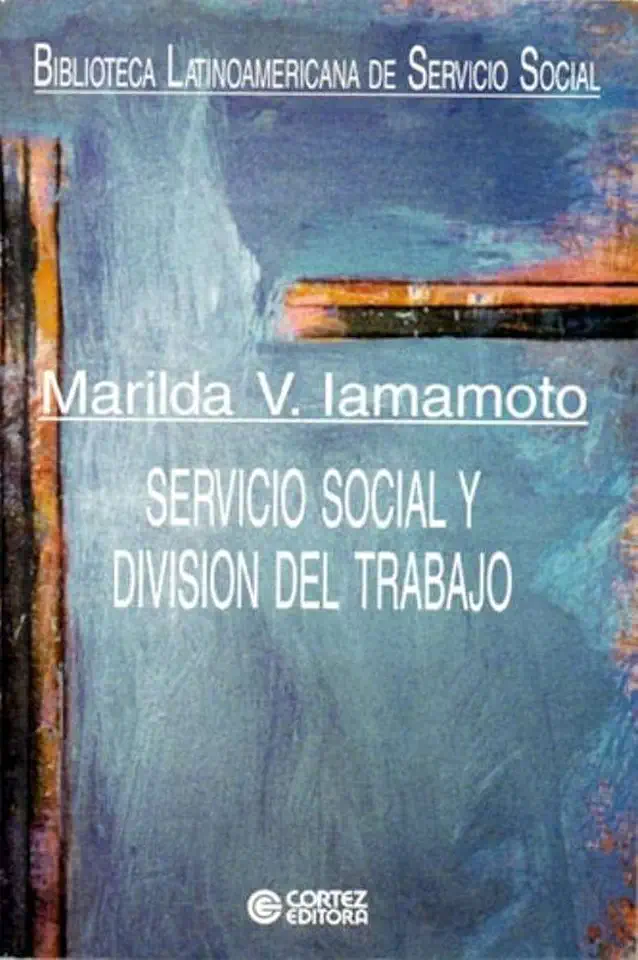
Social Service and Division of Labor - Marilda Villela Iamamoto
Social Service and Division of Labor: A Critical Analysis
Introduction
In her book "Social Service and Division of Labor," Marilda Villela Iamamoto provides a comprehensive analysis of the relationship between social service and the division of labor. She argues that social service is not simply a neutral activity that provides assistance to those in need, but rather a powerful tool that can be used to maintain and reproduce social inequality.
The Division of Labor
Iamamoto begins by discussing the concept of the division of labor, which she defines as "the social process by which different tasks and responsibilities are allocated to different individuals and groups." She argues that the division of labor is not a natural or inevitable phenomenon, but rather a product of social and economic forces.
In capitalist societies, the division of labor is based on class divisions. The owners of capital control the means of production and employ workers to perform the tasks necessary to produce goods and services. This division of labor creates a hierarchy of power and privilege, with the owners of capital at the top and the workers at the bottom.
Social Service and the Division of Labor
Iamamoto argues that social service is closely linked to the division of labor. Social service is often seen as a way to help those who are disadvantaged by the division of labor, but it can also be used to maintain and reproduce social inequality.
For example, social service programs can be used to provide assistance to the poor and working class, but they can also be used to control and discipline these groups. Social service workers can be used to enforce social norms and values, and they can also be used to gather information about the poor and working class.
The Case of Brazil
Iamamoto's analysis of the relationship between social service and the division of labor is based on her research in Brazil. She argues that social service in Brazil has been used to maintain and reproduce social inequality.
For example, social service programs in Brazil have been used to provide assistance to the poor and working class, but they have also been used to control and discipline these groups. Social service workers in Brazil have been used to enforce social norms and values, and they have also been used to gather information about the poor and working class.
Conclusion
Iamamoto concludes that social service is not simply a neutral activity that provides assistance to those in need, but rather a powerful tool that can be used to maintain and reproduce social inequality. She argues that social service workers need to be aware of the potential for social service to be used for oppressive purposes, and they need to work to ensure that social service is used to promote social justice.
Why You Should Read This Book
"Social Service and Division of Labor" is a must-read for anyone interested in social service, social inequality, or the division of labor. Iamamoto's analysis is insightful and provocative, and she provides a wealth of evidence to support her arguments. This book is essential reading for anyone who wants to understand the role of social service in society.
How to Purchase This Book
"Social Service and Division of Labor" is available for purchase from a variety of online retailers, including Amazon, Barnes & Noble, and Google Play. You can also find this book in many libraries.